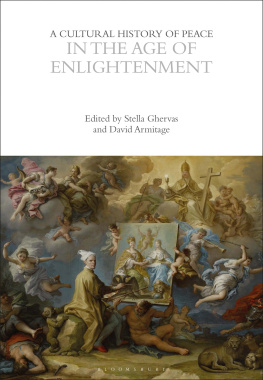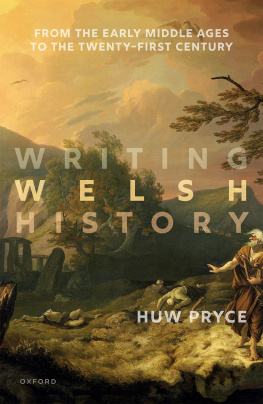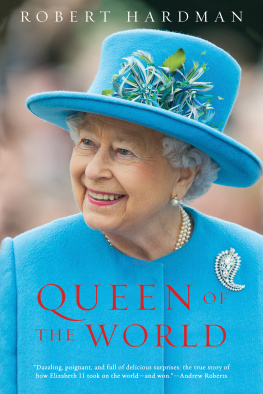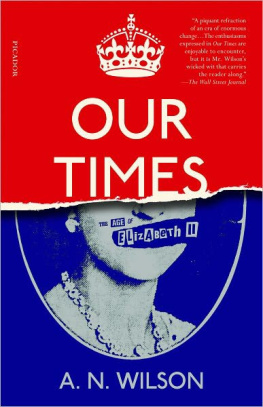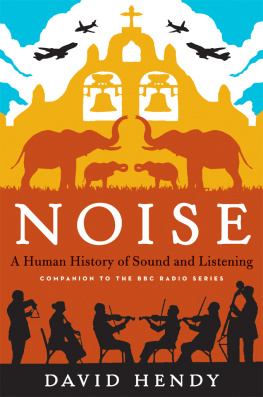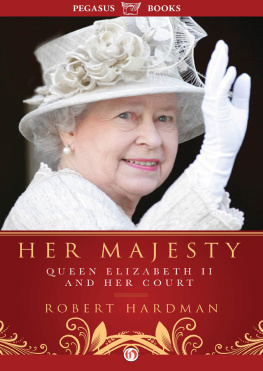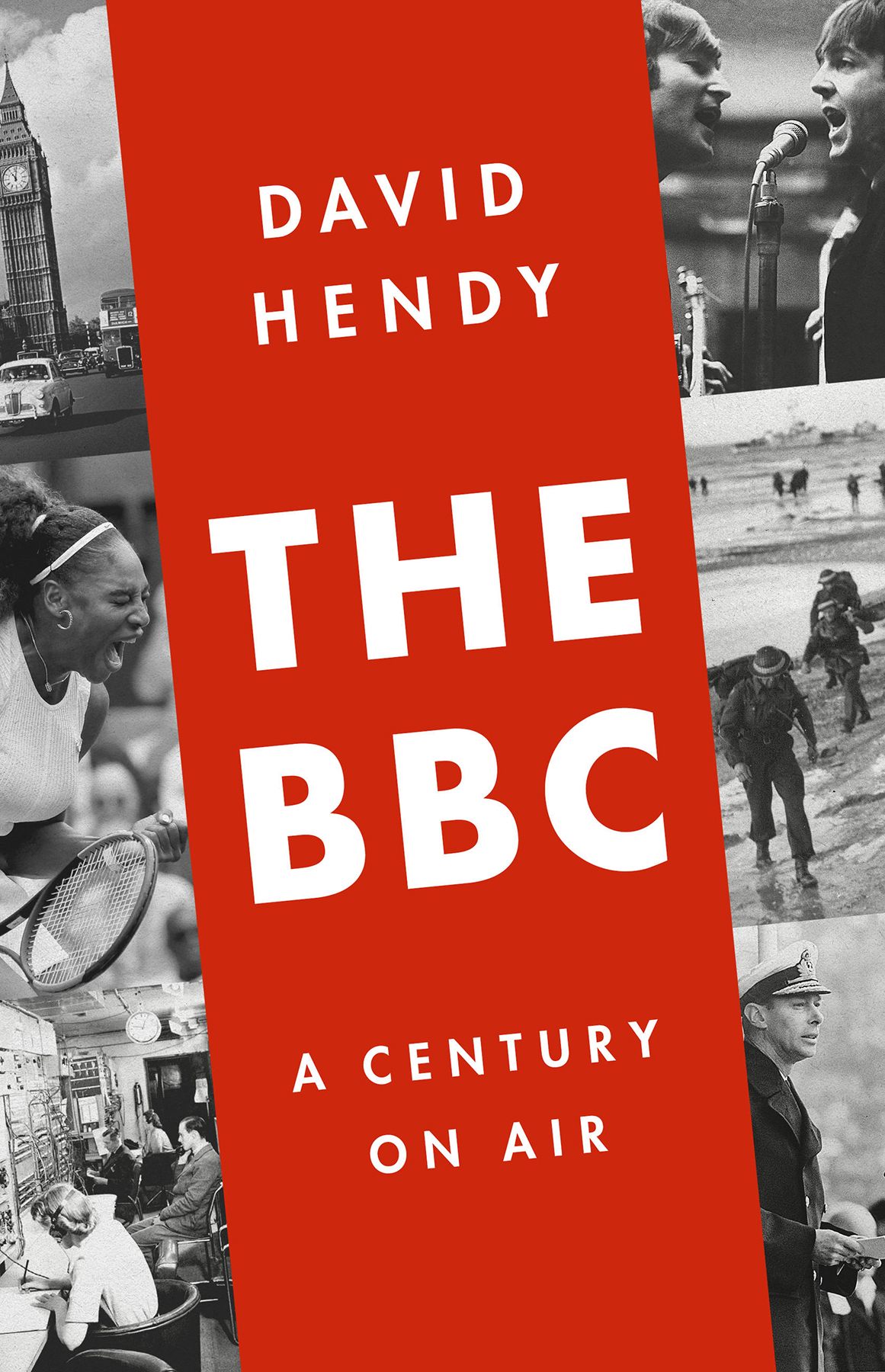Radio in the Global Age
Life on Air: A History of Radio Four
Public Service Broadcasting
Noise: A Human History of Sound and Listening
Copyright 2022 by David Hendy
Cover design by Pete Garceau
Cover photographs: Big Ben iStock/Getty Images; Serena Williams Kirsty Wigglesworth/AP/Shutterstock; BBC control room AP/Shutterstock; the Beatles Northcliff e Collection/ANL/Shutterstock; troops at Normandy Northcliff e Collection/ANL/Shutterstock; King George VI AP/Shutterstock
Cover copyright 2022 by Hachette Book Group, Inc.
Hachette Book Group supports the right to free expression and the value of copyright. The purpose of copyright is to encourage writers and artists to produce the creative works that enrich our culture.
The scanning, uploading, and distribution of this book without permission is a theft of the authors intellectual property. If you would like permission to use material from the book (other than for review purposes), please contact permissions@hbgusa.com. Thank you for your support of the authors rights.
PublicAffairs
Hachette Book Group
1290 Avenue of the Americas, New York, NY 10104
www.publicaffairsbooks.com
@Public_Affairs
Originally published in hardcover in Great Britain in 2022 by Profi le Books Ltd
First US Edition: March 2022
Published by PublicAffairs, an imprint of Perseus Books, LLC, a subsidiary of Hachette Book Group, Inc. The PublicAff airs name and logo is a trademark of the Hachette Book Group.
The Hachette Speakers Bureau provides a wide range of authors for speaking events. To fi nd out more, go to www.hachettespeakersbureau.com or call (866) 376-6591.
The publisher is not responsible for websites (or their content) that are not owned by the publisher.
Library of Congress Control Number: 2021948773
ISBNs: 97816103970 49 (hardcover), 97816103970 56 (e-book)
E3-20220222-JV-NF-ORI

We would like to extend our thanks and gratitude to all the copyrightholders for allowing us to include the images in this book, and in particular to the BBC Photo Library for their assistance in sourcing, re-scanning and digitally re-mastering many of the pictures within.
Alamy : . Greg Dyke PA Images/Alamy
BBC : BBC
C. A Lewis Broadcasting from Within (1923) frontispiece,
Getty Images : . Dame Janet Smith Photo by Adrian Dennis WPA Pool/Getty Images
National Portrait Gallery : . Hilda Matheson, photograph by Howard Coster National Portrait Gallery
While every effort has been made to contact copyright-holders of illustrations, the author and publishers would be grateful for information about any illustrations where they have been unable to trace them, and would be glad to make amendments in further editions.
Is a history of the BBC even possible?
At a hundred years old, the British Broadcasting Corporation has already transmitted somewhere between ten and twenty million programmes. The precise total is unknown simply because any attempt at an accurate count would be too vast and complex a task for anyone to undertake. Back in 1957, Asa Briggs started to write an official history of the Corporation. He took thirty-five years, five volumes, and nearly 4,000 pages to complete his mission. Even this Herculean effort, he said, offered a history and not the history. In the years since the last volume of his magisterial study was published, broadcasting has become a round-the-clock, multi-channel phenomenon. The most dedicated listener or viewer in the world would stand no chance of catching more than a tiny slice of the BBCs daily output. What hope for the historian wanting to make sense of a centurys worth of activity? The problem of selection is almost unbearable. Merely listing its programmes would occupy a shelf, doing justice to the story of their creation a whole library.
Still, the BBC demands our attention. We cant hope to understand modern Britain its politics, its culture, its sense of itself without understanding the role of the BBC in the life of the nation. In large parts of the world, public service broadcasters survive in the margins of national life, while state-run or commercial companies dominate the scene. Yet here is an institution that almost every Briton uses in one way or another; the tiny minority who dont will know about it have views about it. Around the globe, its long been seen as the embodiment of public service broadcasting, a template to emulate. To use the advertisers favoured language, it is a powerful brand,
All of which makes the BBC part of what we have come to call the establishment. But in all sorts of meaningful ways it also belongs to us . This is not just about owning the BBC because we pay for it directly through the licence fee. Public service broadcasting is always, in the most fundamental way, for us: its output has no value unless its heard or seen, and broadcasters always have some kind of listener or viewer in mind as they go about their work. Broadcasters and their audience, it has been said, are like twin stars: they revolve around and substantially determine each other. For decades, our domestic routines getting up, preparing meals, sitting together as a family, going to bed have been marked and measured by the passage of our favourite radio and television programmes. The television playwright Dennis Potter recalled the BBC of his childhood days as paternalistic and often stuffily pompous, presenting itself Its status as a lofty national body in close embrace with the world of high politics has always co-existed with a cradle-to-grave role in our own domestic lives and emotional landscapes.
This dual identity is why the Corporations former Director-General, Tony Hall, claimed that all the eddies and currents that make up Britain flow right through the BBC, and why Asa Briggs said that To write the history of broadcasting in the 20th century is in a sense to write the history of everything else. It is also why the BBC has aroused not just intense devotion but fierce criticism. We expect so much of it that it always disappoints. The Corporation acts as a lightning rod, a place where some of our most fundamental anxieties about politics or taste or morality are displayed and fought over. Sebastian Faulks might revere Radio 4, but others have accused it of being no more than a mouthpiece for the middle-aged and the middle class, for Middle England and everything that goes with such rhetorical terrain. Complaints over a particular programme or a particular channel are rarely parochial affairs. With a national press ever-ready to amplify the mildest of grumbles, they easily spin out of control. As the Guardian writer Charlotte Higgins puts it, The BBC is a battlefield that can be grim and dark and strewn with human wreckage. It is where the British gather to fight their most vicious culture wars. The Corporation, she suggests, has always ricocheted from trouble to trouble it has crisis in its bones.
These headline-grabbing flare-ups are an inevitable feature of the pages that follow. But one reason why this is a peoples history is that it attempts to trace the wider story of the BBCs tangled relationship with the public. The Corporation has always had to be utterly alive to the feelings of its audience as well as to the prevailing political climate. Its programme makers see their job as measuring the mood of the times, restlessly turning over social issues, spotting trends, nurturing new talent. The television and radio that emerges from this labour tells us what these programme makers thought about their viewers and listeners that is, what they thought about us .


